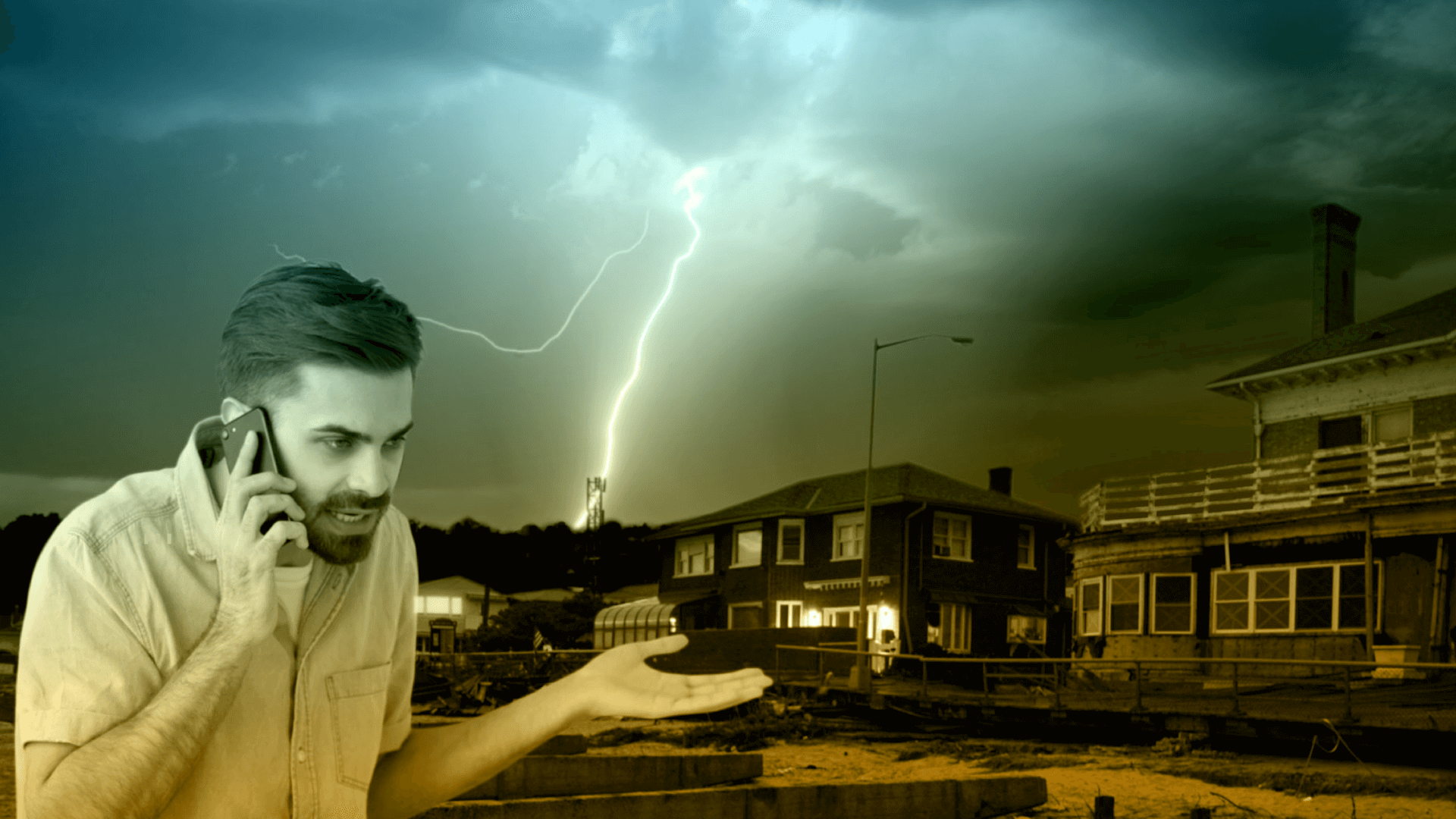How To Report a Power Outage in Texas
A power outage is a disruption in the electrical supply often caused by storms, accidents, or equipment failure. It’s more than an inconvenience, as it can disrupt businesses, create road hazards, and pose health risks, especially in extreme weather.
In Texas, unique weather conditions like extreme heat or thunderstorms often trigger power outages. Reporting power outages is vital. Prompt reporting helps utility companies address and rectify these disruptions faster, contributing to community safety and quicker restoration of power.
Identifying Power Outages
A power outage is when electricity stops flowing to an area, disrupting daily activities like using appliances, working from home, or even traveling safely due to malfunctioning traffic signals.
Common indicators of a power outage include:
- Loss of electricity
- Flickering or dimming lights
- Alarms or building systems sounding or resetting
However, to ascertain the extent of the outage and whether it’s a localized or a widespread issue, you can use an outage map.
Outage maps are provided by local utility companies and are accessible online. They offer real-time information on ongoing power outages, including the areas affected, the number of people impacted, and often have an estimated time for power restoration.
Here’s how to use an outage map to view current outages in Texas:
- Visit your local utility company’s website.
- Locate and click on the “Outage Map” or “Current Outages” link.
- Once the map loads, you can zoom in or out to find your area, or enter your address in the search bar.
- Click on the outage icon to get more details about the specific outage, such as the cause and estimated restoration time.
Using an outage map is an effective way to stay informed about power disruptions in your area and to plan accordingly until power is restored.
How to Report a Power Outage
Taking prompt action to report a power outage is essential for timely resolution. Here’s a step-by-step guide to help you through the process.
1. Preparing to Report
Before reporting a power outage, it’s vital to have certain information ready.
- Finding your account number. Locate your account number on your utility bill or online account. Keep it handy, as it will help the utility company identify your service location quickly.
- Verifying your service address. Ensure you have the correct service address as it will be required when reporting the outage. Double-check the address listed on your utility bill or online account to avoid any discrepancies.
2. Methods of Reporting
There are several ways to report a power outage, and having a choice makes the process more convenient.
- Mobile apps. Many Texas utility companies offer mobile apps for reporting outages. Download the app, create an account, and follow the in-app instructions to report an outage.
- Over the phone. Call the outage hotline phone number provided by your utility company. It’s usually a toll-free number listed on your bill or their website. Follow the automated prompts or speak to a representative to report the outage.
- Online reporting. Visit your utility company’s website and look for the “Report an Outage” link. You’ll likely need to enter your account number and service address, then follow the prompts to report the outage.
3. Information to Provide When Reporting
Providing accurate information can expedite the resolution process.
- Pinpointing the location. Be precise about the outage location, as it helps the utility company to assess and fix the problem faster.
- Additional information. Mention any observed issues like downed power lines or gas leaks. This critical information helps utility personnel to respond appropriately and ensure the area’s safety.
Additional Outage Scenarios
There are various outage scenarios apart from the general power outage. Each comes with its own set of instructions for reporting and ensuring safety.
Reporting a Streetlight Outage
A malfunctioning streetlight can pose safety risks, especially during the night. It’s essential to report such outages to prevent accidents.
How to report:
- Note the location of the streetlight.
- Call your local utility company or municipality.
- Provide the pole number if available, or use nearby landmarks to identify the location.
Reporting Downed Wires or Lines
Downed electrical lines are hazardous and should be reported immediately to prevent electrocution or fire incidents.
How to report:
- Stay far away from the downed wire.
- Call 911 first.
- Then contact your local utility company to report the downed line.
Reporting a Gas Leak
Gas leaks are extremely dangerous and can result in explosions if not handled properly.
How to report:
- Exit the area immediately.
- Call 911 and your gas company from a safe location.
- Avoid using any electrical appliances, turning on lights, or using lighters and matches.
Reporting Life-Threatening Situations
Some outages may involve life-threatening situations, especially with downed lines or gas leaks.
Steps to take:
- Call 911 immediately.
- Keep a safe distance from the hazard.
- Follow instructions from emergency responders.
After Reporting an Outage
Once you’ve reported a power outage or any other utility issue, it’s important to stay updated on the repair status and restoration progress. Here’s how you can keep informed.
Checking the Status of an Outage Report
Online:
- Visit your utility company’s website and log into your account.
- Navigate to the outage section to view the status of your reported outage.
Mobile app:
- Open the utility company’s mobile app and log in.
- Look for a section labeled “Outage Status” or something similar to view the status of your report.
Setting Up Notifications for Outage Alerts
Online or mobile app:
- Log into your account on the utility website or mobile app.
- Navigate to the notification settings and enable outage alerts.
- Choose your preferred method of notification (email, text, or push notification), and provide the necessary contact information.
Text alerts:
- Some utilities offer text alerts. Register your mobile number with your utility company, and follow their instructions to set up text notifications for outages.
Using the Outage Map to Track Restoration Progress
Online:
- Go to the outage map on your utility company’s website.
- Locate your area, or enter your address in the search bar.
- Click on the outage icon to view the estimated restoration time and other updates.
Mobile app:
- Open the outage map in the app.
- Find your area or use the search function to enter your address.
- Click on the outage icon to see the restoration progress and estimated restoration time.
Safety and Preparedness
Preparing for power outages can alleviate much of the associated stress. Create an emergency kit with essentials like water, food, flashlights, batteries, and first-aid supplies.
Keep mobile devices charged, and consider having a family emergency plan in place, ensuring everyone knows how to exit the house safely and where to meet in case of an emergency. Through preparation and adherence to safety guidelines, you can navigate power outages more securely and comfortably.
Restoration of Power
Restoring power involves identifying the outage cause and dispatching crews to fix issues, starting with major transmission lines, then distribution and service lines. Priority is given to critical facilities like hospitals.
Restoration times vary based on damage extent, weather conditions, and part availability. Estimates are provided but may change as repair work progresses.
Tree trimming, done regularly by utilities, prevents outages by keeping branches away from power lines. Post-outage, trimming or removal may be necessary to access and repair lines, ensuring a safer and more reliable electrical grid.
Taking Charge in Power Outage Situations
Navigating electric outage scenarios requires proactive action. Promptly reporting outages through the outage center is crucial for a swift restoration of electric service. By checking the status and viewing outage maps, you adhere to electric safety principles and stay informed on the restoration journey.
Safety during these times is paramount. Following safety tips, like avoiding downed power lines and having an emergency kit, is essential. Additionally, adopting energy-saving practices and optimizing outdoor lighting can ease the load on the electric grid.
Utility companies often offer rebates for energy-efficient practices, making it financially savvy to be energy-conscious. Understanding the steps of how power is restored provides peace of mind during outages.
If you need to move service or explore better electric service options, transitioning is straightforward. A reliable and cost-effective electric service provider ensures a steady power supply.
In conclusion, take charge of power outage situations by reporting outages, adhering to electric safety guidelines, and staying updated. Explore electric service options, discover rebates, and ensure uninterrupted power supply by visiting Payless Power’s Enroll landing page today.
What our customers are saying
See why our power customers say we're the best electricity provider in Texas!
I was worried about getting electricity for my home through a prepaid company. I was calling around to see different rates then going through all the hassle of credit checks while dropping points each…
I have been with this company for several years and have been very happy since. Even when I moved, they made my usually stressful situation very easy and carefree. I recommend them to everyone that I…
I have enjoyed the service for 2 years now. In the beginning this service was planned to be temporary but with the service being so effective for me i decided to keep it for the long haul. I’m a happy customer.






